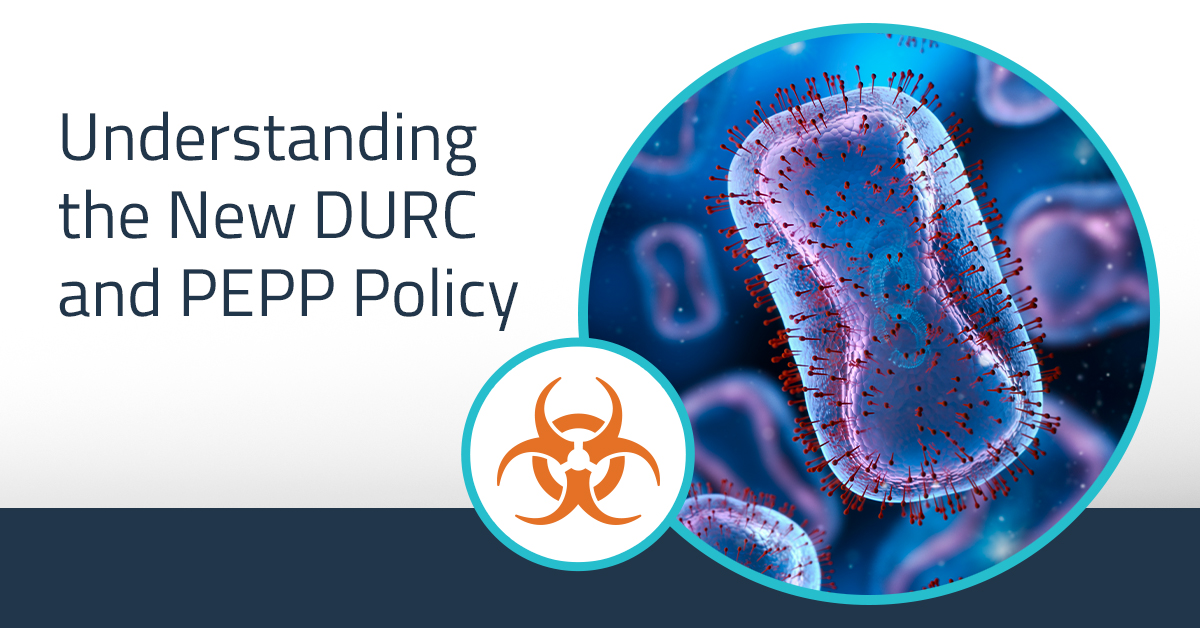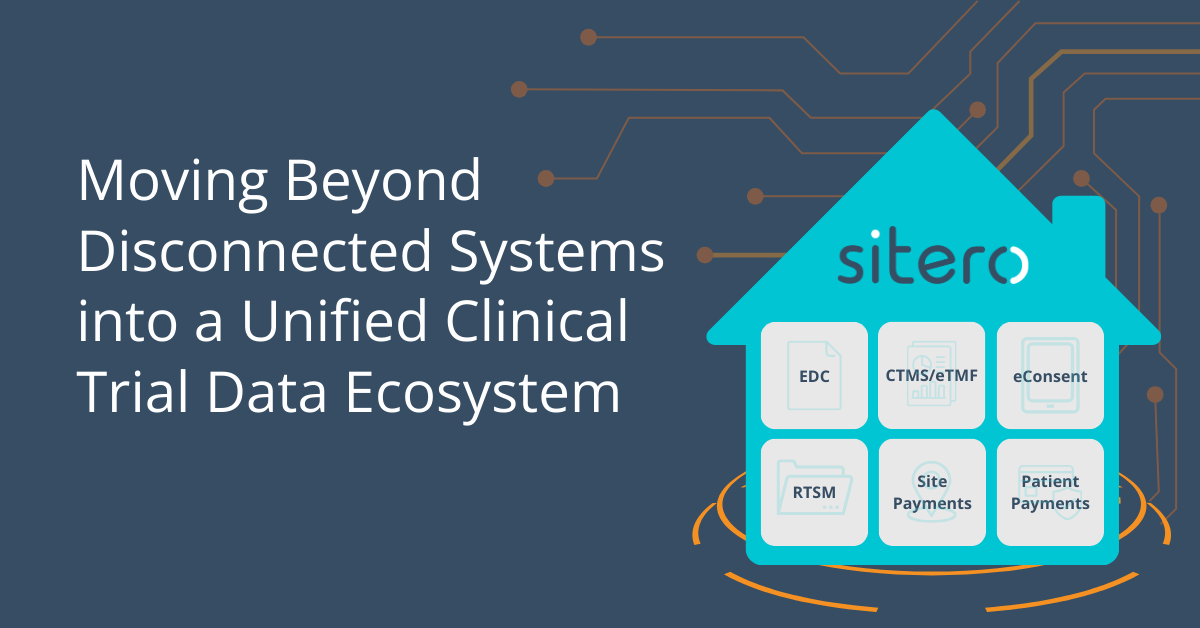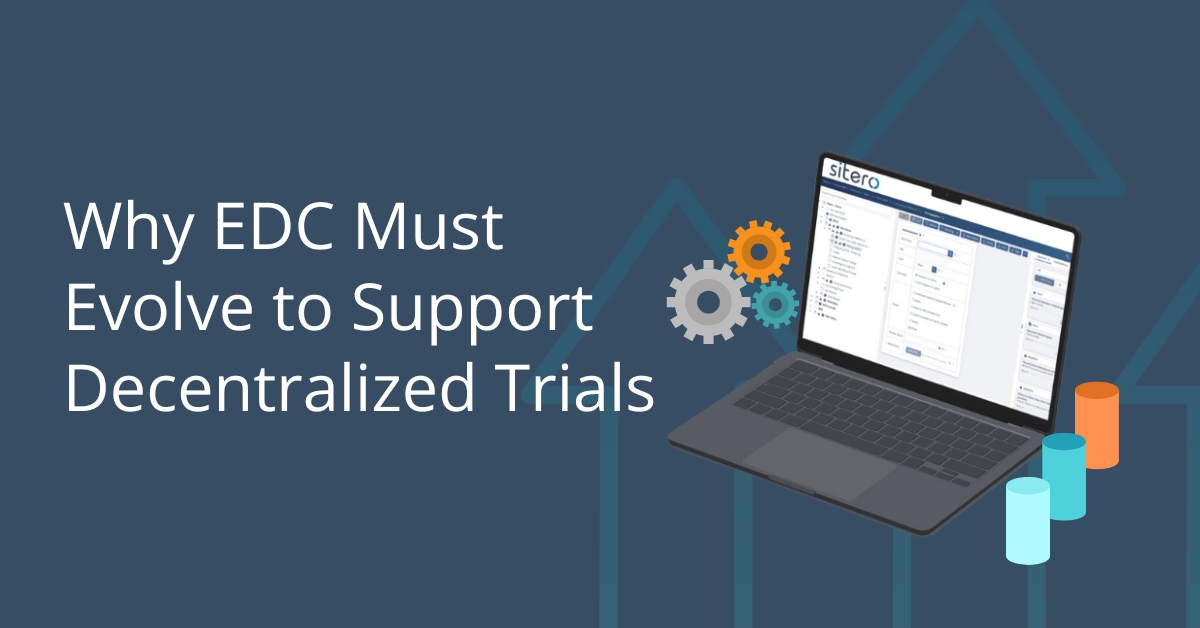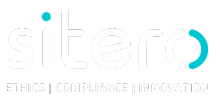
Understanding the New Dual Use Research of Concern and Pathogen with Enhanced Pandemic Potential Policy
Author: Joanie Ryan, Ph.D.
On May 6th, 2024, the United States Office of Science and Technology Policy (OSTP) released the United States Government Policy for Oversight of Dual Use Research of Concern and Pathogens with Enhanced Pandemic Potential and an Implementation Guide. This policy takes effect on May 6th, 2025, and will supersede the previous 2012 Federal DURC policy, the 2014 Institutional DURC Policy, and the 2017 PC3O Framework.
This new united policy focuses on uncommon but highly consequential research activities that are hotly debated and controversial both within the scientific community and among the general public. According to the policy, this research oversight is intended to increase awareness of biosafety and biosecurity concerns and ensure risk mitigation measures are in place to prevent biosafety or biosecurity incidents.
How to Know When This Policy Applies and How It Will Be Enforced
This policy applies to all United States federal departments and agencies that fund or sponsor research that is within the criteria for oversight. Enforcement is the responsibility of these federal entities, as non-compliance by institutions or researchers may result in the loss of current and future funding or sponsorship.
This policy, therefore, applies to any institution or person receiving US federal funding for research subject to this policy. Non-US institutions funded by a US federal department or agency are also subject to the policy.
What is DURC and PEPP?
Understanding the definitions is imperative to grasp the full implications of this new, unified policy. Relying on interpretations from those in favor or against such research activities may not provide a comprehensive understanding of the policy’s implications.
Dual Use Research of Concern (DURC)
Dual Use Research of Concern (DURC) is a term that encapsulates two key concepts: “Dual Use Research” and “of Concern.” According to the policy, Dual use research is “research conducted for legitimate purposes that generates knowledge, information, technologies, or products, that can be utilized for benevolent or harmful purposes.” It is important to note that this definition does not imply any malicious intent on the part of the person or group proposing such activities. On the contrary, the term ‘legitimate purpose’ underscores the aim to contribute to scientific progress.
The definition for DURC is “life sciences research that, based on current understanding, can be reasonably anticipated to provide knowledge, information, products, or technologies that could be misapplied to harm with no, or only minor, modification to pose a significant threat with potential consequences to public health and safety, crops and other plants, animals, the environment, materiel, or national security.” This definition narrows DUR from research that can potentially be used for any harmful purpose to research that can reasonably and fairly quickly be used to harm society.
Pathogen with Enhanced Pandemic Potential (PEPP)
Like DURC, Pathogen with Enhanced Pandemic Potential (PEPP) builds on the definition of Pathogen with Pandemic Potential (PPP). PPP is defined as “a pathogen that is likely capable of wide and uncontrollable spread in a human population and would likely cause moderate to severe disease or mortality in humans.”
PEPP is a type of PPP “resulting from experiments that enhance a pathogen’s transmissibility or virulence, or disrupt the effectiveness of pre-existing immunity, regardless of its progenitor agent, such that it may pose a significant threat to public health, the capacity of health systems to function, or national security.”
It is important to note that wild-type pathogens from nature are not PEPPs but may be considered PPPs because of their pandemic potential. One caveat to PEPP is that the wild-type pathogen (not enhanced) also does not have to be a PPP. This is unlike DURC, where all of “DURC” is also “DUR.”
Research Categories Used to Define DURC and PEPP
Two research categories are used to further define DURC and PEPP and identify the research subject of this policy:
- Category 1: research categorized as DURC
- Category 2: research categorized as PEPP
Category 1 agents include all select agents and toxins, risk group 4 pathogens listed in Appendix B of the NIH Guidelines, a subset of risk group 3 pathogens from Appendix B of the NIH Guidelines, and agents without a risk group that are handled at biosafety level 3 or 4 according to the BMBL.
Category 2 agents have a broader definition, with any PPP or agent that will be modified so that a PPP is reasonably anticipated to be created. Specific criteria for these categories are provided in the policy, with examples and additional information given in the implementation guide.
Work can fall into both categories. In this case, oversight procedures for Category 2 apply. For both categories, three criteria must be met for research to qualify:
- The work must involve biological agents within the category scope
- Specific experimental outcomes or actions must be reasonably anticipated
- It must carry specific potential effects should those outcomes or actions occur
Why Are Three Policies Being Combined into One?
One of the primary goals of this policy is to streamline procedures for oversight of US-funded life sciences research that could pose risks to society. Both DURC and PEPP research have the potential for significant negative consequences for public health, agriculture, food security, economic security, and/or national security. This singular policy is a unified resource intended to clarify directives for all stakeholders, from the researcher and their institution to the federal funder.
What Are the Procedures for Overseeing This Policy?
This policy applies to research from the proposal stage through funding, research activities, and publication. First, the Principal Investigator (PI) evaluates the proposal to see if it falls under Category 1 or 2 of this policy. Then, the PI notifies the funding agency that the work could be subject to the policy.
If funded, the funding agency notifies the Institutional Review Entity (IRE) at the institution where the PI works that a determination needs to be made. The IRE is responsible for confirming whether the PI’s proposed work meets either category subject to the policy. Then, the result is communicated to the funding agency, which confirms the IRE’s determination.
The following steps depend on the outcome of the review and the assigned category:
- If Category 1 is assigned: The IRE and PI work together on a risk-benefit assessment and risk mitigation plan that is then submitted to the funding agency for review and approval.
- If Category 2 is assigned: The IRE and PI still create a risk-benefit assessment and a risk mitigation plan to submit to the funding agency.
- In both cases: The funding agency communicates final approval to the PI and research institution, at which point work can proceed.
The policy is not limited to work at the proposal stage. PIs are responsible for continuous assessment of all of their work. If, at any stage of a project, a new experiment or unanticipated result might meet Category 1 or Category 2 criteria, the PI notifies the IRE and the funding agency promptly so that a complete assessment can be made.
Conclusions
The new US policy for DURC and PEPP encompasses and builds on three different policies. The scope of this new policy expands the previous list of 15 agents for DURC review. It also includes a timeline for review of the policy within at least four years, which should help the policy evolve with scientific advancement, and the implementation guide is to be reviewed every two years for updates based on common points of confusion and questions or concerns.
Significantly, throughout the policy, institutions and research not directly subject to the policy are encouraged to adhere to its intent and even consider implementing risk assessment and mitigation plans that align with policy principles. Sitero is available to help determine if and how this policy will impact your organization. Stay tuned for more information and DURC and PEPP policy training development for PIs and IREs!
Contact us for more information or if you need guidance on this new policy.
The future of clinical trials is a unified, interoperable ecosystem. Sitero’s Mentor platform is leading this transformation, ensuring that clinical trials are more efficient, compliant, and streamlined than ever before. Learn more in our latest blog:
Today’s trials require data entry from anyone, anywhere including patients, sites, home nurses, and remote investigators. Learn why EDC systems must evolve to support decentralized trails in our latest blog:




